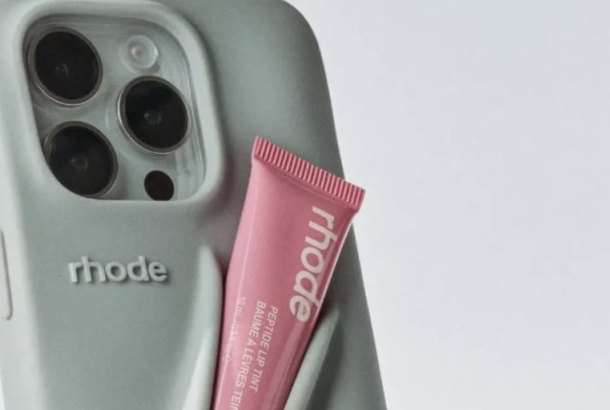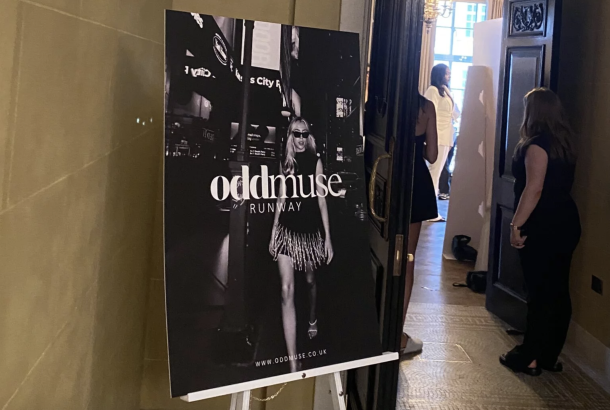New Year, new Céline
By Ella Searle

Despite an incredibly strong Paris Fashion Week, it seems it was the politics behind fashion houses that took centre stage. The news that Kim Jones was to leave his exceptionally successful post as Artistic Director at Men’s Louis Vuitton shook the circuit before his final collection.
If this wasn’t dramatic enough, the news that Hedi Slimane was to replace Phoebe Philo at Céline, being appointed to Artistic, Creative, and Image Director sent social media into overdrive. This move signifies the ever-present comercial demands of the fashion industry, and leaves us asking questions as to where this leaves the value of the aesthetic and creative expression.
Since rumours of Philo’s departure from the Parisian house surfaced at the beginning of last year, her legacy has been continuously reflected upon. Philo can be accredited with transforming Céline, the house founded by a woman (Céline Vipiana) into the ultimate label of chic femininity, overhauling a struggling, stagnant brand to one with an iconic sophisticated aesthetic, boosting sales from €200million to €700million a year.
Philo has redefined how women dress for a generation, championing elegance and style to transcend trend. Her work boasts intelligent femininity, and champions the idea of a ‘uniform’ by creating key staples that can be worn for a lifetime. Her work at Céline has transformed the house into an icon of the woman-power era, bringing an empowering style against the grain of skinny jeans and sexy mini dresses, favouring oversized, fluid pieces, outerwear and neutral palettes alongside architectural leather accessories.
Céline is a brand designed by women, for women, with Philo reflecting that, “I have no problem with a woman wearing anything as long as she has chosen to wear it for herself.” It is this authenticity which is much coveted by customers. In a world of see-now, buy-now and e-commerce, Céline’s non-conformist restraint to stick to tradition, mirrors Philo’s personality, being notoriously private about her life away from fashion. Thus, Céline’s transformation blooms out of the integrity of Philo herself, and her no-nonsense attitude has cultivated an IT brand founded upon integrity and timeless glamour.
Thus, the news that Hedi Slimane is to take total control of the feminist Parisian house — tasked with introducing Menswear, fragrance, and couture — inevitably came as a shock across social media. The central concern is how a dark androgynous, celebrated menswear designer is able to continue the true feminine aesthetic of the Céline woman.
Slimane came to critical acclaim as a menswear designer following his celebrated stint at Dior Homme until 2007, where his iconic skinny suits boasted his signature dark, and rock and roll aesthetic. Yet, it is Slimane’s last stint at Saint Laurent, most notoriously rebranding to drop the ‘Yves’ from the house name, which established him as one of fashion’s most celebrated and profitable designers.
Slimane wholly reinvented Saint Laurent to become an edgy, L.A.-inspired brand, focusing on a much younger millennial customer. This transformation paid off, transforming YSL from a modest house to become one of the most lucrative cash cows of its parent company Kering’s luxury catalogue. In February 2015, Kering announced that Saint Laurent had doubled its business since Slimane’s hiring three years earlier, taking annual revenues in the region of $600 million.
Yet, despite his undeniable commercial success, the controversy following his move to Céline signifies the unusual pairing. His skinny, typically non-diverse, and young ‘cool’ aesthetic seems entirely opposite to the inclusive, modern and authentic femininity championed by Philo, and many are concerned about how Slimane will interpret and honour the house’s legacy to work with his seemingly opposed conception of femininity.
Yet, perhaps we should consider this move for what it is, a wholly commercial move rather than a solely aesthetical one. Slimane’s posting at Céline is of great commercial significance, as the luxury LVMH conglomerate group reclaim Slimane following his success for their rivals at Kering. LVMH is hoping to cash in on Slimane’s non-disputable commercial appeal, hoping to boost Celine’s revenues exponentially to establish the house as a billion-dollar brand.
LVMH Chairman Aranult expressed, “I have been a great admirer of his work since we collaborated on Dior Homme, which he launched to global acclaim in the 2000s. His arrival at Céline reinforces the great ambitions that LVMH has for this maison.”
In the increasingly competitive luxury market, where the Kering Group is thriving from ownership of the booming ‘it’ brands of Gucci, Balenciaga and YSL, a ramp in commercial success for the LVMH group is key. Slimane’s typically controversial aesthetic being incorporated into the ‘grown-up’ fashion house of Céline is set to be interesting, and no matter what the critical response, will be guaranteed to be profitable.







